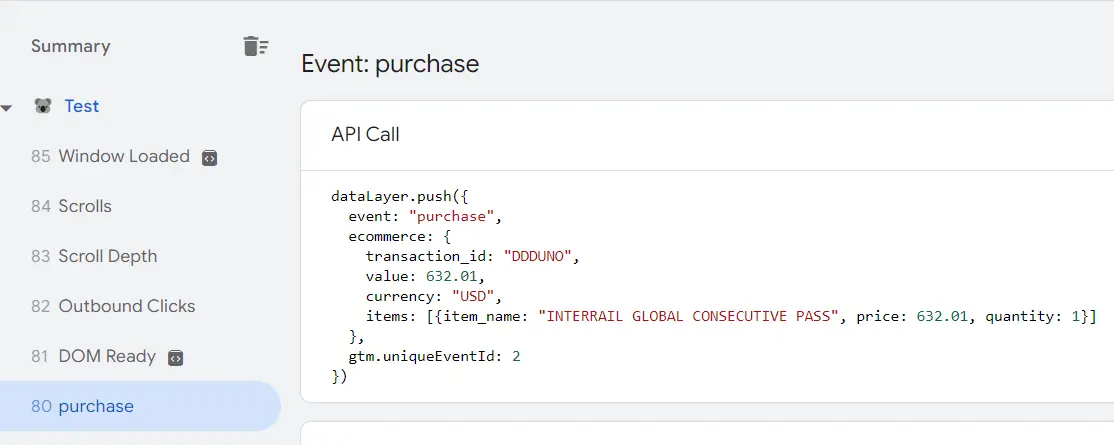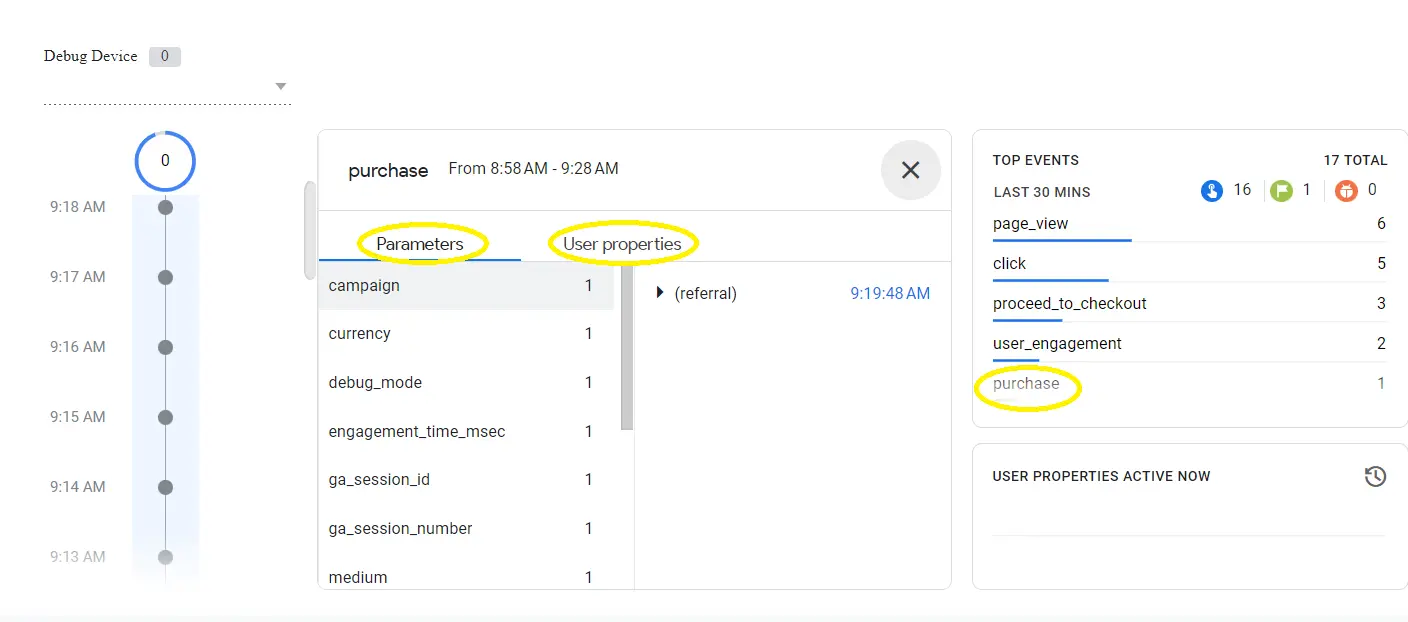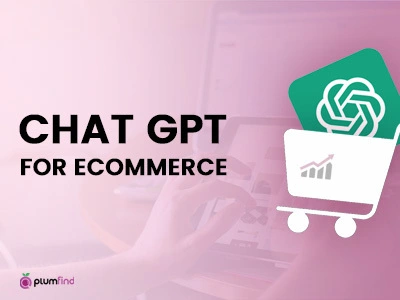Don’t underprice or overprice! Master pricing strategies for fashion e-commerce in 2024 with the latest trends and expert insights. Tired of static prices limiting your online fashion empire? 2024 brings a whole new rhythm to the game, with dynamic pricing and personalized deals powered by data-driven strategies. Make 2024 the year to:
- Outsmart the competition
- Treat customers like VIPs
- Embrace the data flow
- Improve sustainability
Ready to take the lead? Start mastering your pricing moves today!
Imagine walking through a virtual closet of endless fashion possibilities, each with a price tag attached. But wait, is that a $50 steal or a $500 spend?
In the ever-evolving world of fashion e-commerce, pricing isn’t just a number, it’s a delicate dance between customer desire and profit margins. And in 2024, that dance is set to make some intriguing new moves.
The Beat of the Market: Current Trends in Fashion Pricing
- The Rise of Dynamic Pricing: Gone are the days of static price tags. Algorithms are now humming in the background, adjusting prices based on real-time data like demand, competitor actions, and inventory levels.
A study by PricewaterhouseCoopers reveals that 70% of retailers are already using dynamic pricing, and this number is expected to climb, with Gartner predicting 40% of e-commerce transactions to be dynamically priced by 2026.
Just like a sudden downpour can disrupt a picnic, economic fluctuations can throw your pricing strategy off balance. Inflation, for example, is expected to remain high in 2024, forcing brands to carefully calculate price increases to avoid alienating customers while protecting their bottom line. Transparency and clear communication with your audience will be key during such times. - The Seasonality Tango: Spring-cleaning your wardrobe isn’t the only ritual guided by seasons. Seasonal discounts remain a cornerstone of fashion e-commerce, with the Black Friday frenzy alone generating $9.12 billion in online sales for 2023.
However, brands are getting smarter, introducing early-bird and pre-season sales to manage inventory and optimize profits throughout the year.
Remember those winter clearance sales? They might not be as deep in 2024. With rising production costs and supply chain disruptions, brands are predicted to increase base prices and offer fewer, more targeted discounts. It’s more important than ever for your e-commerce business to strategize on seasonal pricing to maintain competitiveness and customer loyalty. - The Competitor Cha-Cha: In the crowded online marketplace, keeping an eye on your rivals is like learning their dance moves. Competitive pricing strategies are hot, with tactics like price matching and loss leaders becoming commonplace.
But here’s the twist: brands are also leveraging data analytics to personalize pricing for individual customers, offering unique deals and discounts based on past purchases and browsing behavior.
But don’t get caught in a price war tango – that’s a surefire way to lose your footing. Instead, analysis of competitor data to identify pricing gaps and market niches is where you can differentiate yourself with unique value propositions. Sometimes, going with a higher price tag paired with exceptional customer service or personalized styling is a better strategy, winning over hearts and wallets.

Plumfind is here to help!
From pricing analytics to alerts on new product launches in your categories, Plumfind can help you plan, execute and measure your ecommerce strategy.
Actionable Pricing Strategies for 2024
So how do you navigate this tricky pricing dance without tripping over your inventory heels? Here are some actionable tips:
- Embrace Data-Driven Pricing: Numbers aren’t just for accountants. Invest in analytics tools that track customer behavior, competitor pricing, and market trends. Use this data to inform your pricing decisions and develop dynamic pricing strategies that adapt to the ever-changing environment.
- Personalize the Price Tag: One size doesn’t fit all, and neither should your pricing. Leverage customer data and AI to personalize prices based on individual preferences and purchase history. Imagine offering loyal customers special discounts or early access to sales, making them feel valued and more likely to return.
- Think Beyond Discounts: Discounts are like party favors – fun for a while, but forgotten quickly. Instead, focus on building customer loyalty through exceptional service, curated product recommendations, and engaging content. A satisfied customer is more likely to pay a premium price when they feel a connection with your brand.
- Experiment and Test: Don’t be afraid to try new pricing strategies and measure their effectiveness. A/B testing different price points and promotions can help you identify what resonates with your audience and optimize your bottom line.
- Transparency is Key: Be upfront and honest about your pricing decisions. Explain to your customers how you arrive at certain prices and how they reflect the value you offer. These can not only generate new revenue streams but also provide valuable data about customer preferences and purchasing behaviors.

Beyond the Numbers: The Heartbeat of Pricing
While data and analytics are invaluable tools, pricing is an art, not just a science. Consider the emotional appeal of your brand. Are you selling luxury streetwear or sustainable activewear? Your pricing strategy should reflect your brand’s values and evoke the desired emotions in your target audience.
Sustainability Takes the Stage: Consumers are increasingly conscious of the environmental and ethical impact of their purchases. Embrace sustainable practices and communicate them transparently in your pricing. Transparency builds trust and can justify premium prices for sustainably sourced and ethically produced garments.
The Future of Fashion: A Fashionable Forecast
As you step into the future of fashion e-commerce, agility is key. Pricing constantly evolves to the rhythm of technology, customer expectations, and market dynamics. Two important trends to watch out for:
- Hyper-personalization: Pricing will become even more individualized, with AI tailoring price tags to specific customer profiles and preferences in real-time.
- Omnichannel Harmony: Seamless pricing across online and offline channels will be crucial, creating a unified and convenient shopping experience for customers.
You can become a fashion e-commerce success story in 2024 and beyond if you master these steps: embrace data, personalize your approach, and remember the heartbeat of your brand.
So, strap on your dancing shoes, fashion e-commerce entrepreneurs! The pricing dance floor is only getting more dynamic and exciting.
Links:
- PricewaterhouseCoopers study on dynamic pricing
- Gartner prediction on dynamic pricing
- Black Friday online sales statistics
About the author(s):
Natasha is our Social Media Manager, a law student, and marketing enthusiast. She loves strategizing different methods to get results. A big fan of startups and their psychological aspects. She loves to travel and interact with locals to know the history of those places. She lives in Jaipur, India.
































